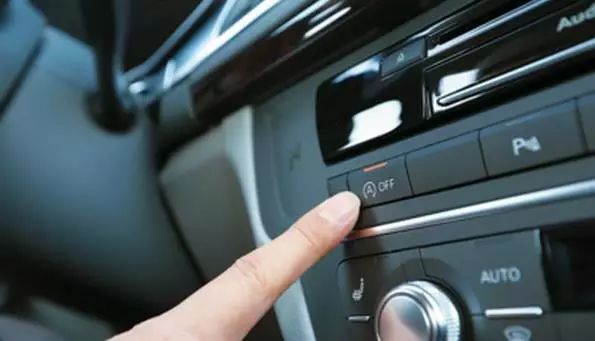With the increasing demand for energy conservation, emission reduction, and lower fuel consumption, the engine idle stop-start system has become a relatively quick technology to reduce fuel consumption, decrease emissions, and enhance vehicle appeal, and it is being adopted by more and more manufacturers. What exactly is this seemingly sophisticated technology capable of? Today, I will briefly explain it to you.

What Is the Engine Idle Stop-Start System?
In simple terms, the engine idle stop-start system automatically shuts off the engine when you are idling and parked, and when it detects that the user intends to continue driving, the ECU automatically restarts the engine.
Different manufacturers may have different names for the idle stop-start system; it is generally referred to as the START-STOP system, with some unique names such as STT (Changan) and i-STOP (Mazda).
A simple scenario is waiting at a traffic light while pressing the brake in Drive mode; at this point, the ECU will issue a command to automatically turn off the engine based on the vehicle’s status (note that this does not occur in all situations, which will be detailed later); when you release the brake, the ECU determines that you intend to continue driving and automatically starts the engine. The stop-start system can be implemented in both automatic and manual vehicles, although the triggering conditions and control logic will differ. The principle is fundamentally the same.
Automatically shutting off the engine while idling to save fuel and reduce exhaust emissions is commendable!
So the question arises, how much does this system cost? How much fuel can it save? (Why doesn’t anyone care about how much emissions it can reduce???)
Generally speaking, adding an idle stop-start system alone may increase the price by over 4000 RMB (a rough estimate!). Comparing some manufacturers’ fuel consumption values published by the Ministry of Industry and Information Technology, vehicles equipped with stop-start systems save approximately 5% fuel compared to those without. From a cost-saving perspective, this is a long-term investment, but considering the green and environmental aspects, reducing exhaust emissions is also excellent.
Will the engine stop-start system continuously shut off and restart the engine, causing any damage? The answer is NO!
The starter and battery of the idle stop-start system are reinforced. For example, the lifespan of the starter can be compared to that of a professional flagship DSLR camera versus a typical entry-level DSLR; the improvement is significant. The battery is also enhanced for capacity and charge-discharge performance. Therefore, this concern can be set aside.
The earlier mentioned engine ECU will detect the vehicle’s status to determine whether the engine can be turned off, considering safety, comfort, and engine performance guarantees, among other factors. Different manufacturers will have different standards, generally including the following aspects:
1. Vehicle Speed. The engine cannot automatically shut off while driving! Safety first! A speed of 0 is a necessary condition.
2. Engine Coolant Temperature. This is to protect the engine.
3. Battery Voltage. This is understandable; if the voltage is insufficient, let’s go for a drive to recharge!
4. Steering and Braking Status. Safety first again!
5. Air Conditioning System Status. Comfort must also be considered!
Indeed, after the engine shuts off, the air conditioning driven by the engine belt will have a brief stop, which can be somewhat uncomfortable in hot summer days!
Fortunately, the stop-start system can be manually turned off; there will be a stop-start button in the vehicle, which is quite user-friendly!
[The above content is sourced from the internet]

| Today | Joke |
What happens if a girl can’t cook? When your child grows up, they will say: “I miss the takeout my mom ordered for me when I was little.”

Search “lywbqc” to follow us on WeChat
Luoyang Evening News Car Club QQ Group: 336160699 Welcome to join!
Automobile Weekly is your good helper for selecting, using, maintaining cars, and safe travel!
